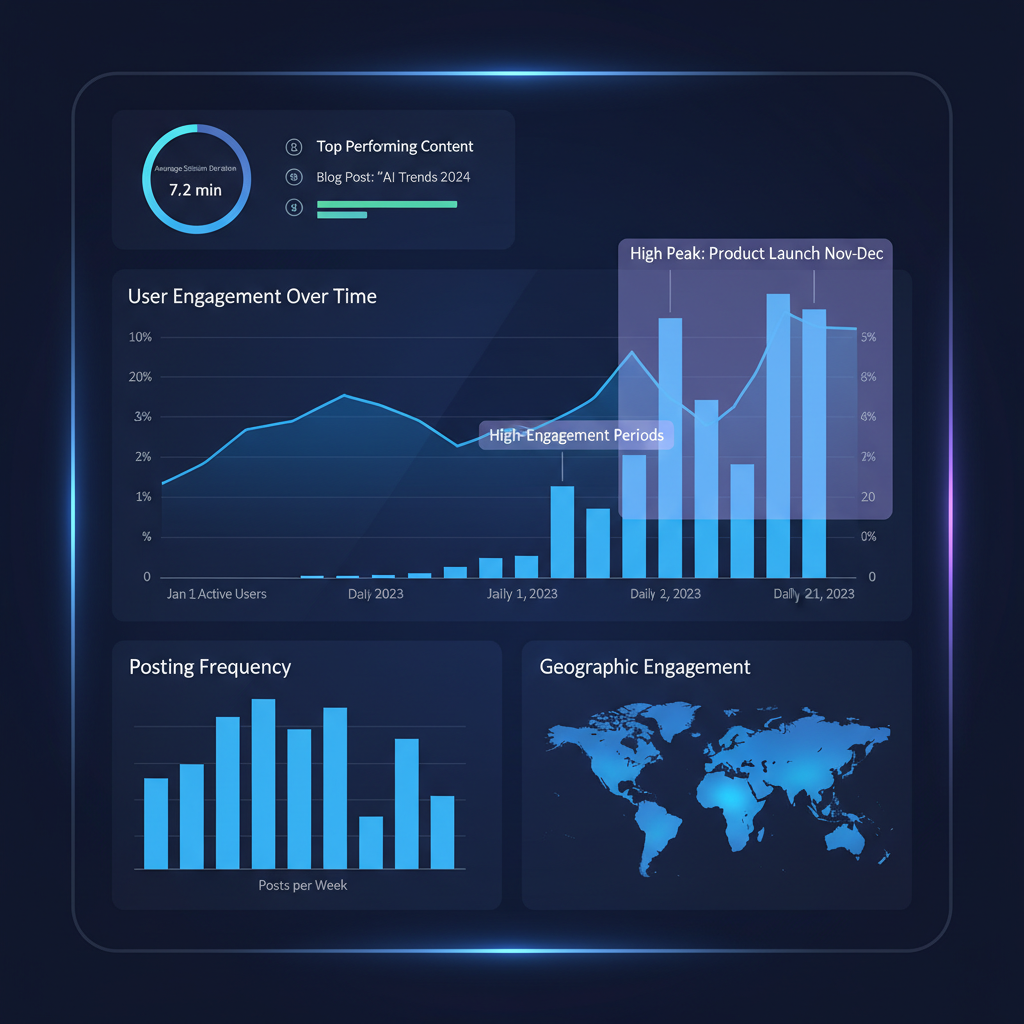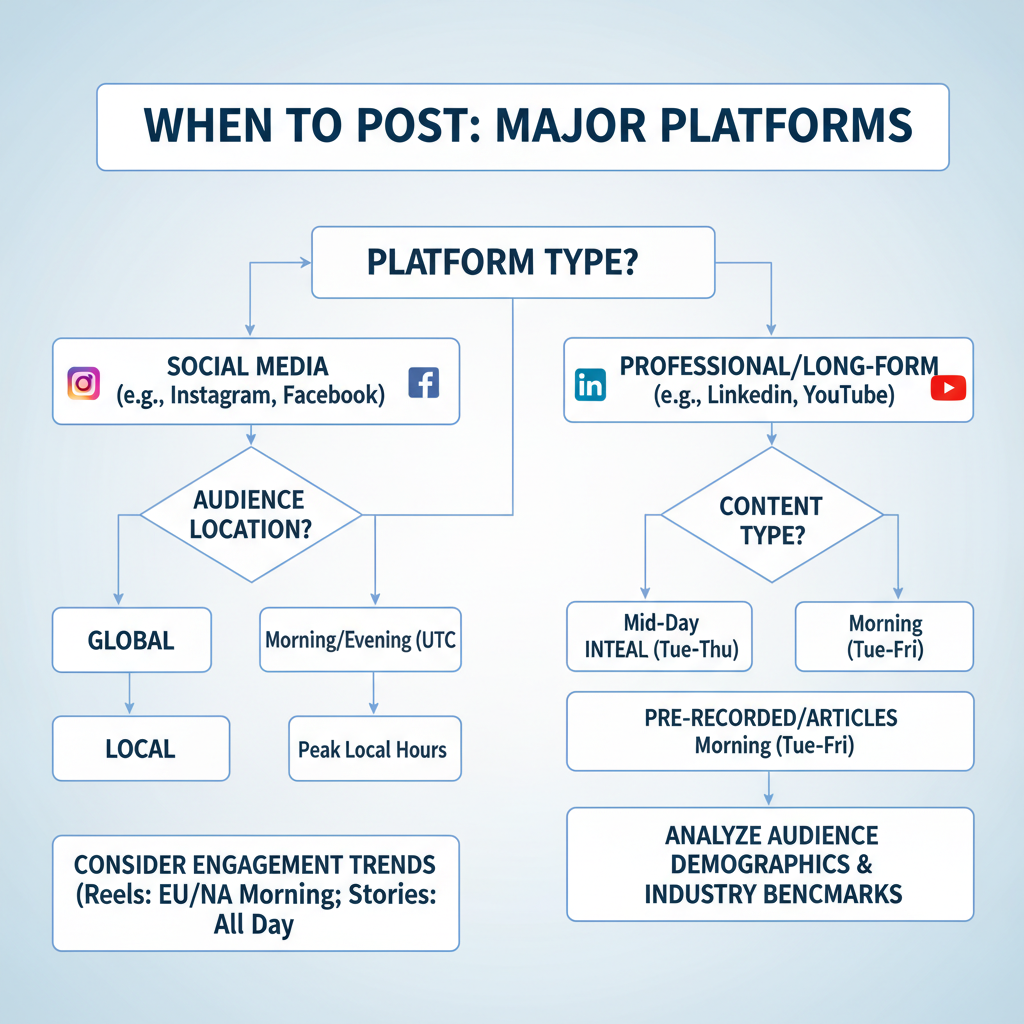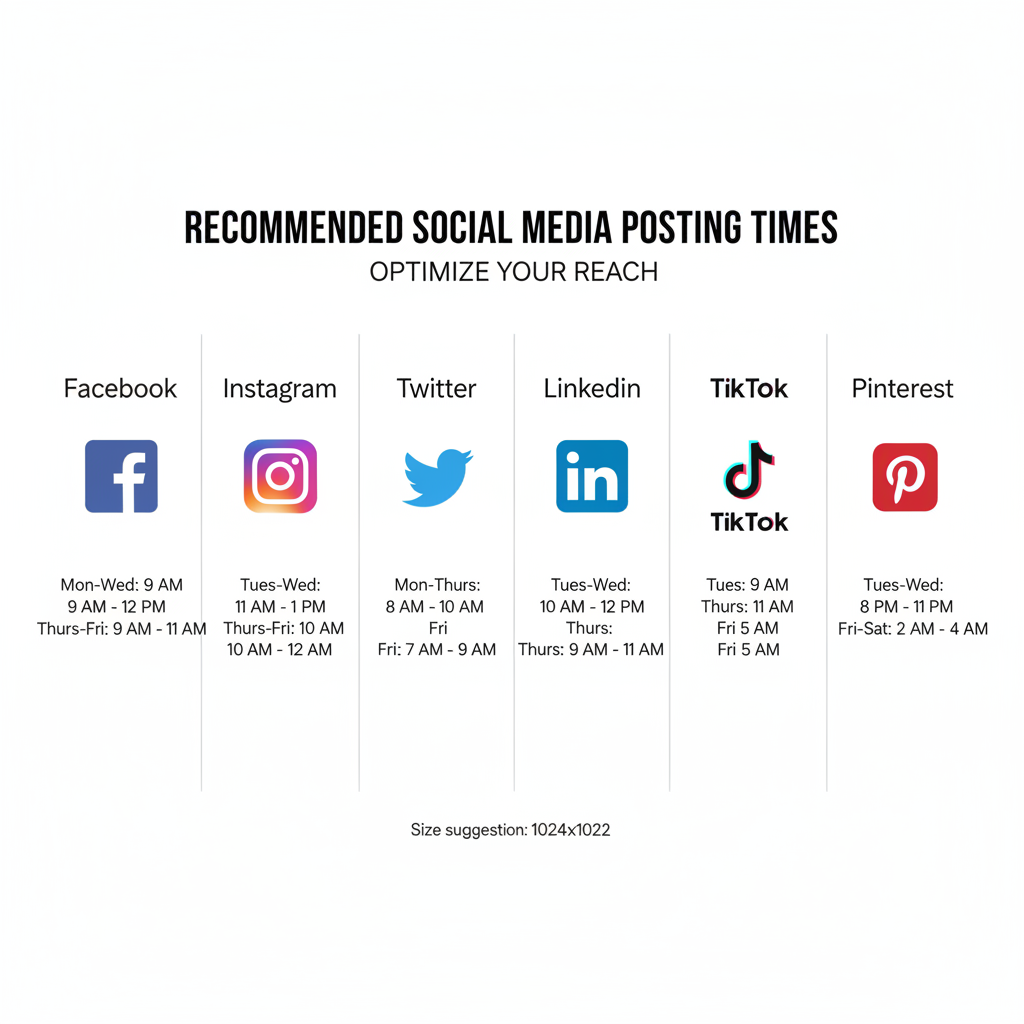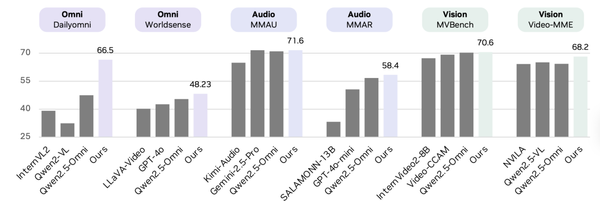Can You Post Anytime on Social Media for Best Engagement
Discover how posting times affect social media engagement, with platform-specific tips, audience insights, and strategies to maximize reach.

Can You Post Anytime on Social Media for Best Engagement?
When it comes to social media posting and maximizing engagement, creators, brands, and individuals often wonder: Can you post anytime and still get the best results? While it’s technically possible to post at any hour, timing has a direct impact on visibility, reach, and interaction rates across platforms.
In this in-depth guide, we’ll explore what posting means on different networks, how algorithms and audience behaviors affect outcomes, and practical strategies to determine your optimal posting schedule for consistent, high-quality engagement.

---
What Does "Posting" Mean Across Major Platforms?
Although “posting” generally means making content publicly available, each platform treats and prioritizes posts differently depending on format, audience, and algorithm.
- Instagram: Supports photos, carousels, videos, or Reels. Early likes and comments are heavily rewarded, giving timely posts an advantage in feeds.
- Facebook: Accepts text, photo, video, events, and link shares. News Feed blends new and highly engaged posts—not strictly chronological.
- TikTok: Focuses on short-form videos. While its For You Page prioritizes watch time and interaction, posting time still impacts initial discovery.
- LinkedIn: Professional updates, articles, or videos. Weekdays, especially during business hours, tend to perform best.
- X (formerly Twitter): Allows short or extended text posts, media, and polls. User feeds can be chronological or algorithm-driven, affecting visibility.
---
Key Factors That Influence the Best Time to Post
You can upload content any time, but engagement depends on several interrelated factors:
- Platform Algorithms
- Automated sorting determines which posts appear first. Poor early engagement can prevent further reach.
- Audience Location and Time Zones
- Global audiences may require staggered posting to match peak activity in different regions.
- User Behavior Patterns
- Common engagement peaks occur during commutes, lunch breaks, and evenings before bed.
- Content Type
- Long-form videos often stay relevant longer than single images, making timing less critical but still important.

---
Recommended Posting Times by Platform
While there’s no one-size-fits-all, research suggests general peak posting windows:
| Platform | Best Days | Best Times (Local) |
|---|---|---|
| Tuesday–Thursday | 11 AM – 1 PM, 7 PM – 9 PM | |
| Monday, Wednesday | 1 PM – 3 PM | |
| TikTok | Tuesday, Thursday, Friday | 6 PM – 10 PM |
| Tuesday–Thursday | 8 AM – 10 AM | |
| X (Twitter) | Wednesday, Friday | 9 AM – 11 AM |
Posting during these windows increases the odds your followers see content soon after publication.
---
How Posting Frequency Shapes Engagement
The number of times you post can help or hurt your performance:
- High Frequency: More opportunities to appear in feeds, but risk of audience fatigue and content quality dips.
- Low Frequency: May lead to fading visibility and slower growth.
- Balanced Cadence: For many, 3–5 posts per week per platform blends quality and consistency.
---
Leveraging Analytics to Fine-Tune Your Schedule
Generic advice is a starting point—audience-specific data provides precision. Useful tools include:
- Instagram Insights & Facebook Page Insights: Show follower activity patterns.
- TikTok Analytics: Hourly and daily follower activity graphs.
- LinkedIn Analytics: Displays engagement by post time.
- Tweet Analytics: Performance by time/day.
- Third-party schedulers: Hootsuite, Buffer, Sprout Social aggregate optimal times across platforms.
Review these insights monthly to spot emerging engagement trends.
---
High-Engagement Posting Schedule Examples
Lifestyle Blogger (US audience)
- Instagram: Mon/Wed/Fri at 12 PM, Sun at 8 PM
- TikTok: Tue/Thu/Sat at 7 PM
- X: Daily at 8 AM
B2B SaaS Company
- LinkedIn: Tue/Thu at 9 AM
- Twitter: Mon–Fri at 10 AM and 3 PM
- Facebook: Wed at 2 PM
Global Fashion Brand
- CET-friendly: Tue–Thu at 11 AM CET
- EST-friendly: Tue–Thu at 12 PM EST
---
Risks of Over- or Under-Posting
Too Often
- Repeated content may get deprioritized.
- Follower fatigue reduces engagement.
- Quality can drop under quantity pressures.
Too Seldom
- Reduced feed presence and brand recall.
- Stalled follower growth.
- Losing momentum to more active competitors.
---
Seasonal, Event, and Trend-Based Timing
Daily schedules don’t account for larger rhythms:
- Seasonal Peaks: Holidays, summer sales, back-to-school, and year-end shopping spur heightened activity.
- Industry Events: Trade shows, launches, awards.
- Viral Trends: Fast engagement can outweigh peak schedules.

---
Safely Testing New Posting Times
You can experiment without risking performance:
- A/B Test similar posts at different times.
- Recycle top-performing content in new slots.
- Partial Tests: Keep most posts in proven windows, try 1–2 in new ones.
- Track via reach, impressions, engagement—not just likes.
---
Quick Pre-Post Checklist
Before publishing, consider:
- Is my audience online now?
- Does this match my highest-engagement times?
- Is a trending topic worth an off-peak post?
- Am I staying consistent this week?
- Have analytics confirmed this slot?
---
Summary and Next Steps
So, can you post anytime on social media for best engagement? Technically, yes—but results greatly improve when you align posting with audience activity, platform algorithms, and timely events. Treat timing as a strategic asset: analyze your data, test variations, track results, and refine your schedule.
By combining the right content with the right timing, you create more opportunities for your audience to see, engage with, and share your posts. Start experimenting this week using your analytics—and watch your engagement grow.




